Treating refractive error with corneal cross-linking
After much anticipation and a long wait for both clinicians and patients in need, the U.S. Food and Drug Administration (FDA) approved corneal cross-linking (CXL) in mid April. This procedure is globally considered the only method of halting the progressive family of diseases called corneal ectasias, including keratoconus.
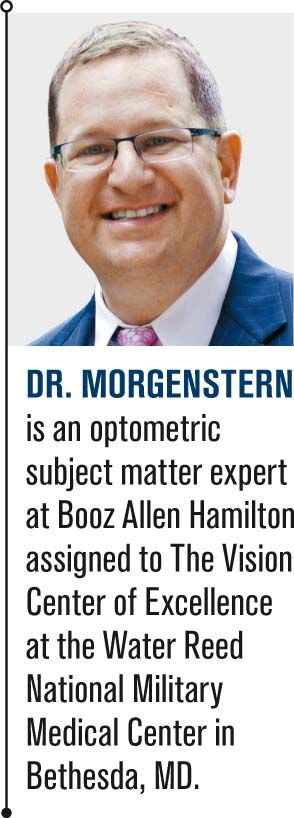
After much anticipation and a long wait for both clinicians and patients in need, the U.S. Food and Drug Administration (FDA) approved corneal cross-linking (CXL) in mid April. This procedure is globally considered the only method of halting the progressive family of diseases called corneal ectasias, including keratoconus. Specifically, the FDA approved two formulations of riboflavin solutions, Avedro’s Photrexa Viscous and Photrexa, and a UV-A light source, the KXL System for Corneal Cross-Linking.
This procedure will now be readily available for the thousands who suffer from diseases such as progressive keratoconus. However, it is still in a very early phase post-approval. There is a limited amount of devices on the market, and an insurance code is not yet available.
Related: The effect of drug pricing on cataract surgery
How CXL originated
CXL is a procedure credited to Professor Theo Seiler, MD, an ophthalmologist and mathematician who, when teaching at the University of Dresden in the mid 1990s, came up with the idea while visiting a dentist. As the story is told, the dentist was utilizing crosslinking on Seiler during a dental procedure when the idea came to Seiler to apply this strengthening procedure to the weakened keratoconic cornea.
Think about the last time you brought your child in for a dental filling. The last component of the treatment is to strengthen the filling material with a UV light. That is a form of crosslinking. Ever get a gel manicure? The last step of the procedure is to place the gel polish on your nails under the UV light source to harden the polish. Again, this is a form of crosslinking.
Cataract surgery: Caring for the post-op cataract patient
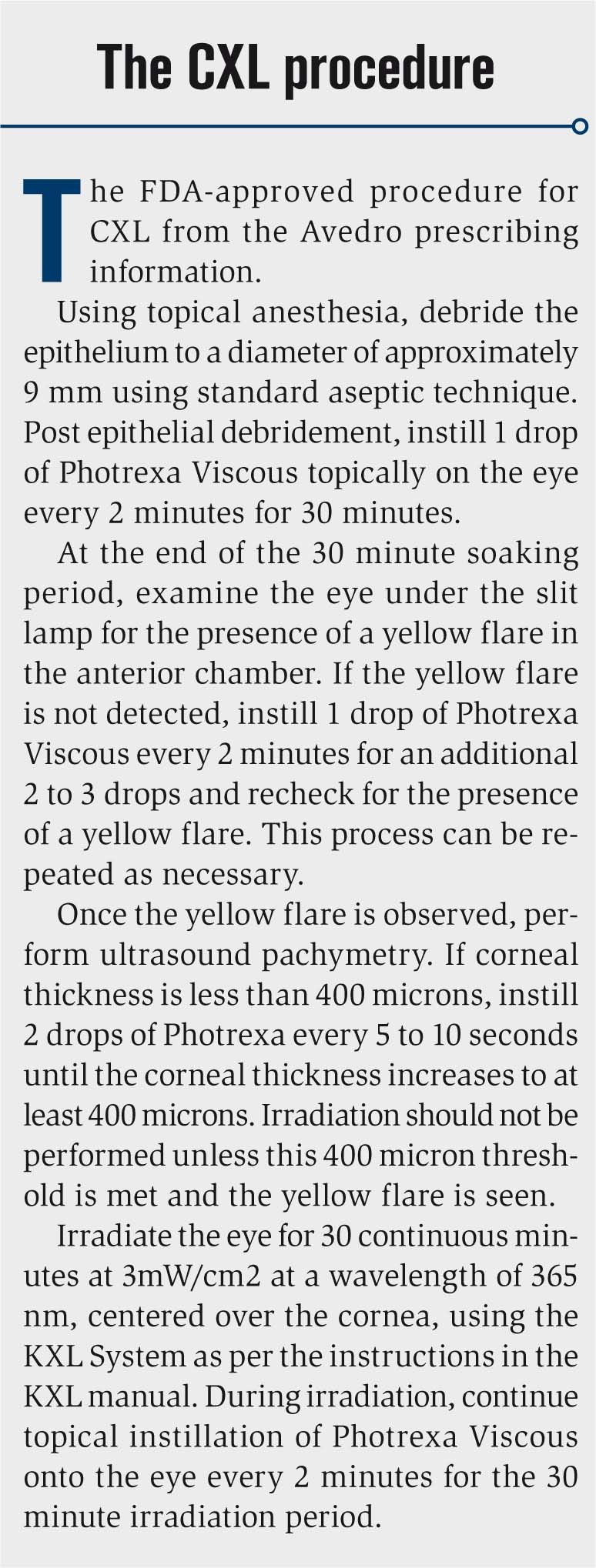
Crosslinking is nothing new, it’s just new to us in the U.S. Dr. Seiler saw the potential opportunity and patient benefits and assembled his team with Gregor Wollensak, MD, and Eberhardt Spöerl, MD. The animal research began on corneas, and the rest is history.1
According to Roy Rubinfeld, MD, inventor of the CXL-USA CXL device, “By September 2006, all 25 European Union (EU) countries had approved CXL, and it was obvious that it worked. U.S. corneal specialists found it frustrating that they did not have access to the technology, and these physicians felt badly that patients with keratoconus were continuing to lose their vision. Some of us got together and formed our own group and set up a physician-sponsored, Institutional Review Board-approved series of protocols under the auspices of the CXL-USA Study Group.”1
Related: When do you diagnose keratoconus?
Fast forward to 2016-a decade later-and an FDA approval. The global community firmly established and proven through hundreds of peer-reviewed studies and meta analyses3,4 the safety and efficacy of this procedure for treatment of the family of corneal ectatic diseases.5 It has shown its effectiveness in treating infectious keratitis (mycobacterium and Acanthamoeba) that are not commonly susceptible to commercially available antibiotics.6
The question is not, “Where are we with CXL in the U.S.?” because we are clearly lagging behind but rather, “Where is CXL globally?” and “What else can we do with CXL?”
To the keratoconic patient, poor quality of vision and fear of a potential corneal transplant are the biggest problems with his disease. What if you could not only halt the disease but also improve refractive error? The answer for the patient is in the reduction of refractive error in conjunction with CXL. As we know, due to the steepening of the cornea in an ectatic patient, the type of refractive error is likely myopia and astigmatism. Ophthalmologists, optometrists, and researchers around the world are vigorously seeking to solve this all-too-common problem. Currently, there are various methods in which to achieve the stability and refractive goals simultaneously.
Next: CXL refractive procedures
CXL refractive procedures
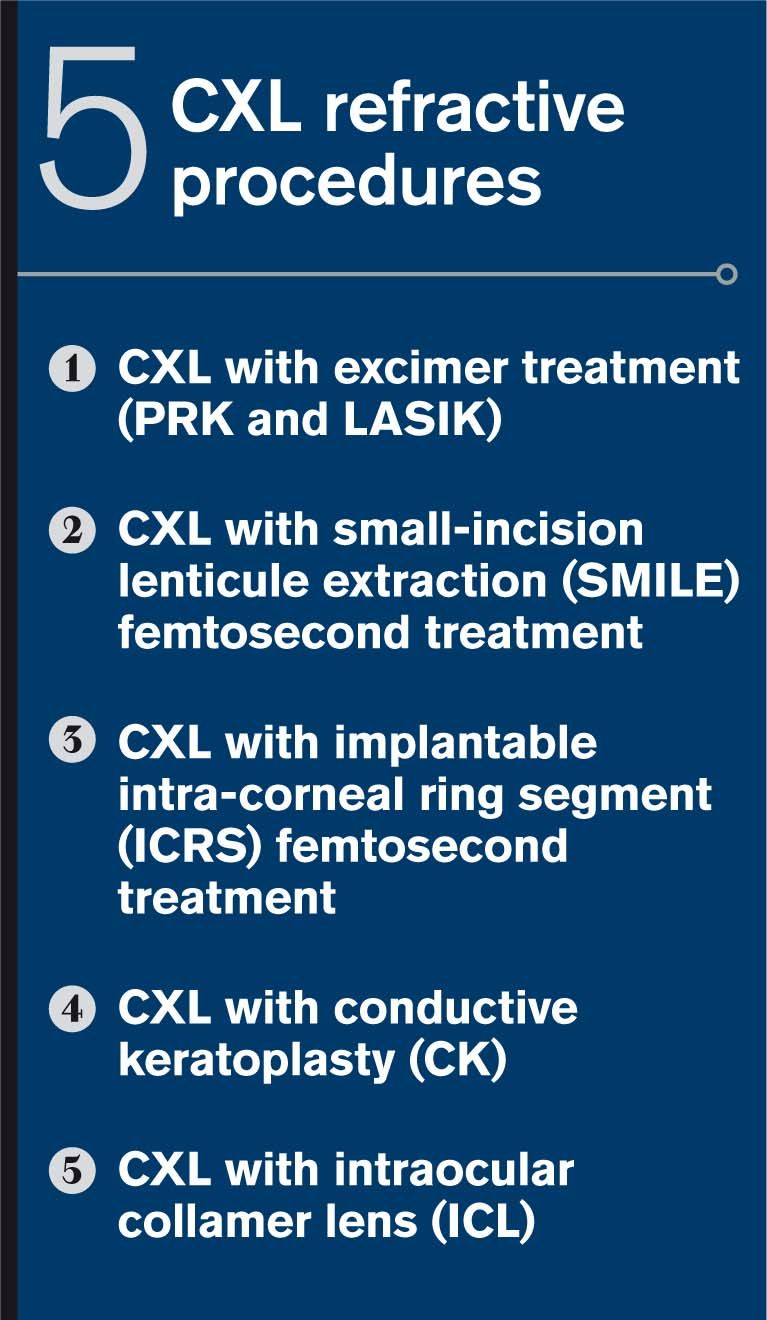
At this time, there are five CXL refractive procedures in use around the world.
CXL with excimer treatment (PRK and LASIK)
The surgeon performs the refractive procedure, but before bandage contact lens (BCL) application (with PRK) or flap reflection (with LASIK), the CXL procedure is performed directly on the corneal stroma. A study by Kymionis concluded that, “Simultaneous PRK followed by CXL seems to be a promising treatment capable of offering functional vision in patients with keratoconus.”7
Ophthalmology Times: When is crosslinking appropriate?
CXL with small-incision lenticule extraction (SMILE) femtosecond treatment
Graue and colleagues performed a prospective, interventional case series of patients 21 years or older with keratoconus using a combined CXL/SMILE procedure. Dr. Hernandez explained that the rationale for combining the two treatments is straightforward: maintenance of the strongest part of the cornea while reinforcing its strength and correction of the refractive error.
“The combined SMILE and CXL procedure in this series of patients was safe, effective, accurate, predictable, and stable,” Dr. Hernandez said. “It may be a promising option for structural and refractive treatment of keratoconus, but this must be confirmed in larger patient series with longer follow-up periods.”8
CXL with implantable intra-corneal ring segment (ICRS) femtosecond treatment
A combined group from China and France looked into keratoconic patients that were split in three groups. Group 1 had ICRS only, Group 2 had ICRS followed by CXL immediately after ring insertions, and Group 3 has ICRS with delayed CXL (the mean time between the operation of CXL and ICRs implantation was 21.00 ±10.52 months). The results reported by this combined group were, “With safety and good visual outcomes, ICRS implantation is a viable alternative for keratoconus. No significant difference was found among these three groups.”9
CXL with conductive keratoplasty (CK)
CK was initially designed for the temporary reduction of presbyopic vision problems. Over time, it has fallen by the wayside until the rebirth of its visual potential used in conjunction with CXL for a more permanent effect.
“Our patients typically don’t understand that maintaining the same visual acuity is considered a victory,” Dr. Rubinfeld said.9 Combining CXL with a refractive procedure, however, has been successful in markedly improving vision in some patients, he said.
“For example, CK is a noninvasive option that does not require any kind of incision and has an excellent safety profile,” he said. “Combining these two noninvasive procedures has yielded very encouraging results and restored the ability to drive and function for many of our patients.”
If a patient presents to one of the study sites with just keratoconus and no vision loss, CXL alone is the way to go, according to Dr. Rubinfeld.
“If the best corrected vision and/or the quality of vision is not good, we have started offering CK plus crosslinking under one of our approved protocols,” he said, “and we have been really encouraged by the results.”
Both procedures are noninvasive, involve no epithelial removal or incisions, and have very low risk profiles.10
CXL with intraocular collamer lens (ICL)
A retrospective study11 in Beirut evaluated the safety and clinical outcome of STAAR Surgical’s Visian toric implantable collamer lens (ICL) insertion after CXL in progressive keratoconus. Researchers examined the results of two-step CXL and Visian implanted six months later in 16 keratoconic eyes of 10 patients. Data was collected preop, at six months following CXL, and at six months post implant.
Researchers concluded that the “implantation of the Visian toric ICL following CXL is an effective option for improving visual acuity in patients with keratoconus.”11
Looking ahead post approval
While these potential options are on the horizon and widely available outside the U.S., those of us in the U.S.-based keratoconus and crosslinking community are happily applauding the approval of CXL for the treatment of progressive keratoconus and the family of corneal ectasia. We have accomplished our most important first step in gaining FDA approval. The secondary goal will be to fully evaluate the effects of these combined procedures. To some, it is counterintuitive to enter a cornea that you are trying to strengthen.
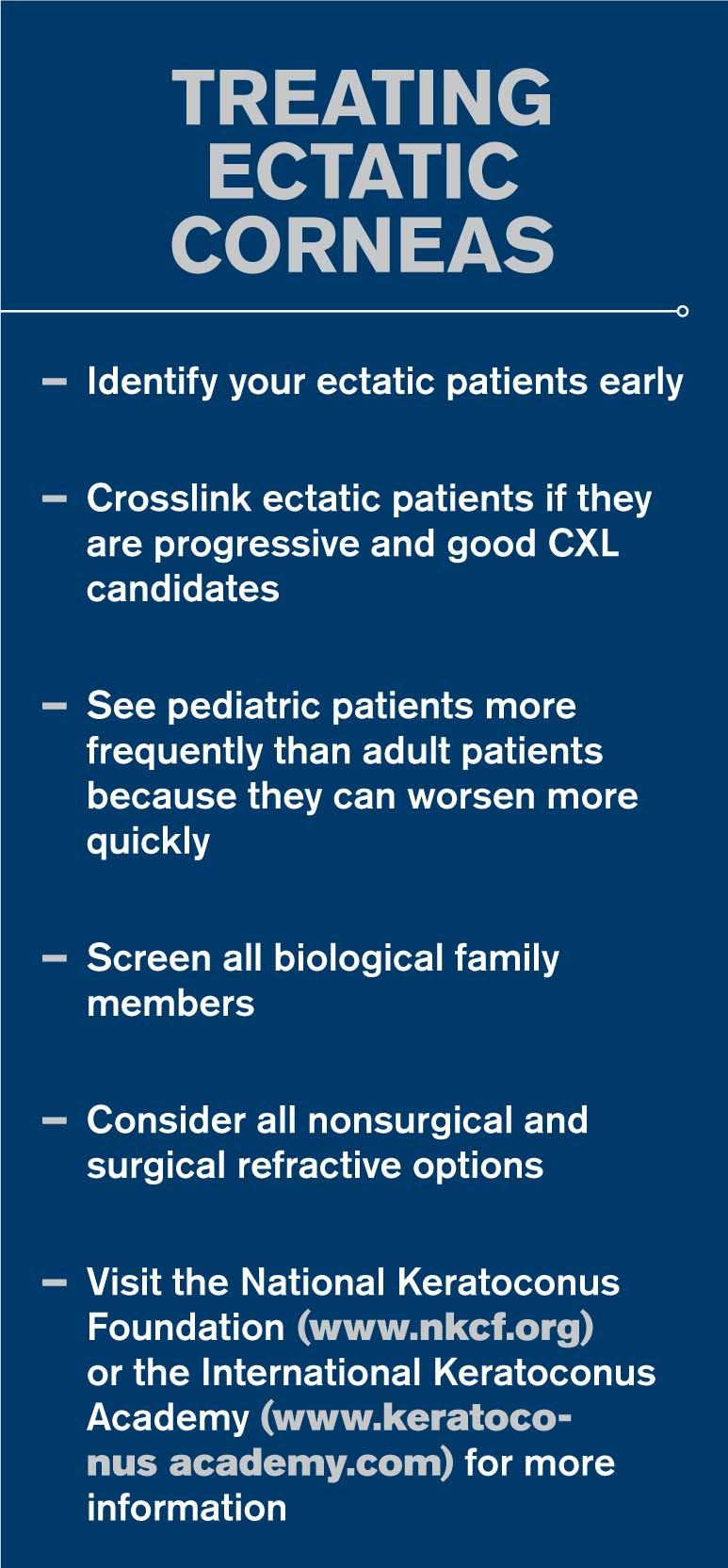
Click here to check out the CXL slideshow
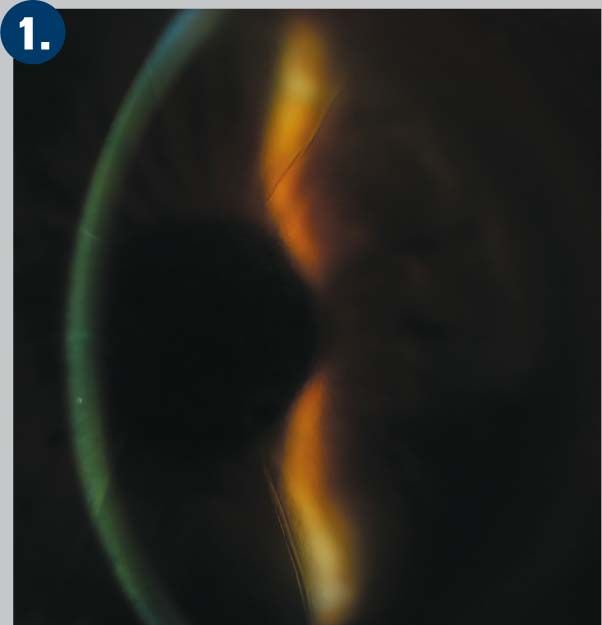

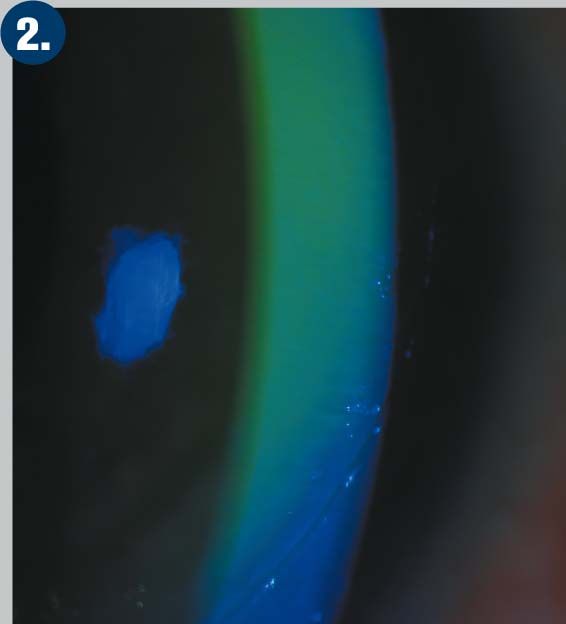



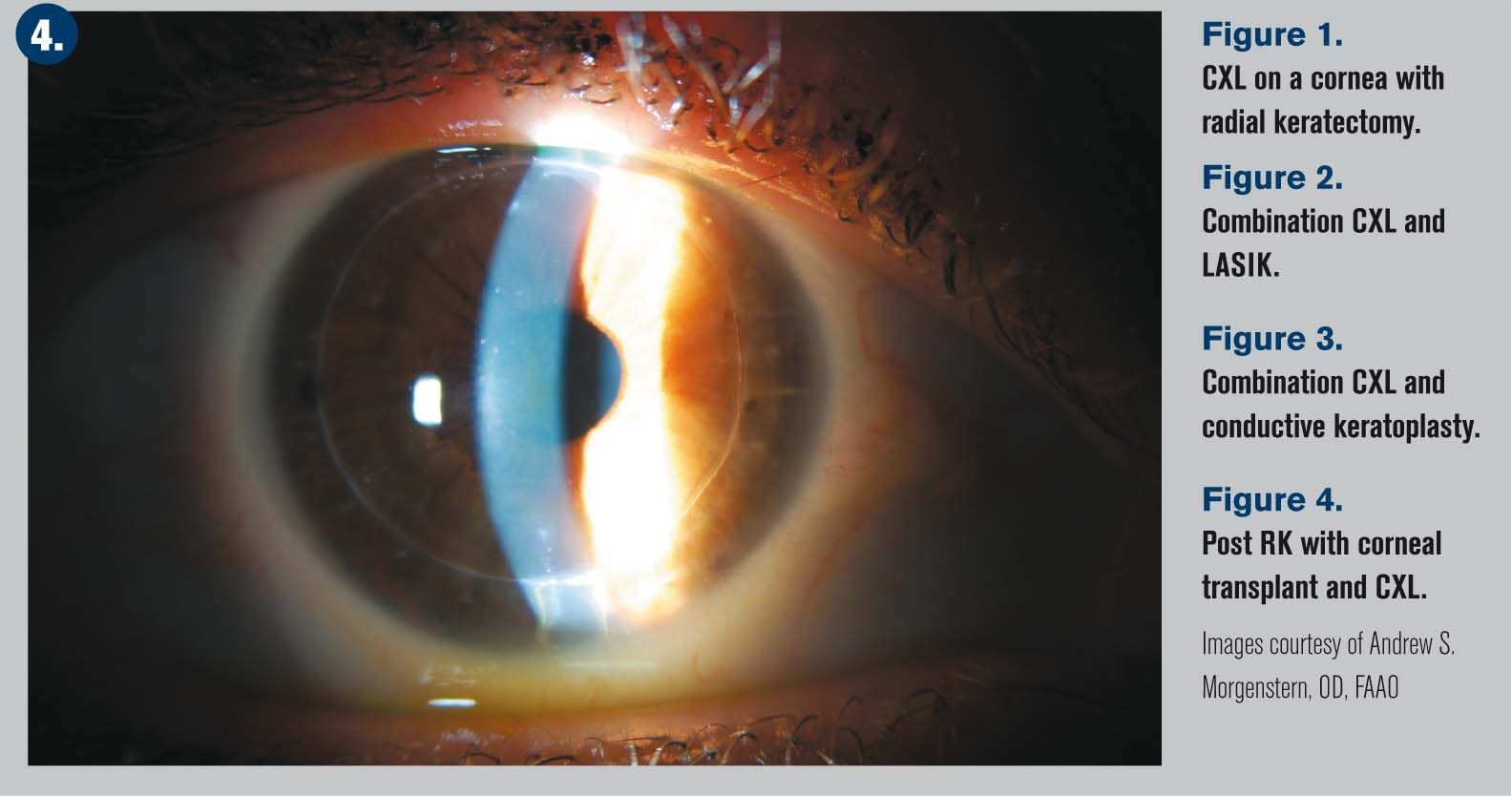





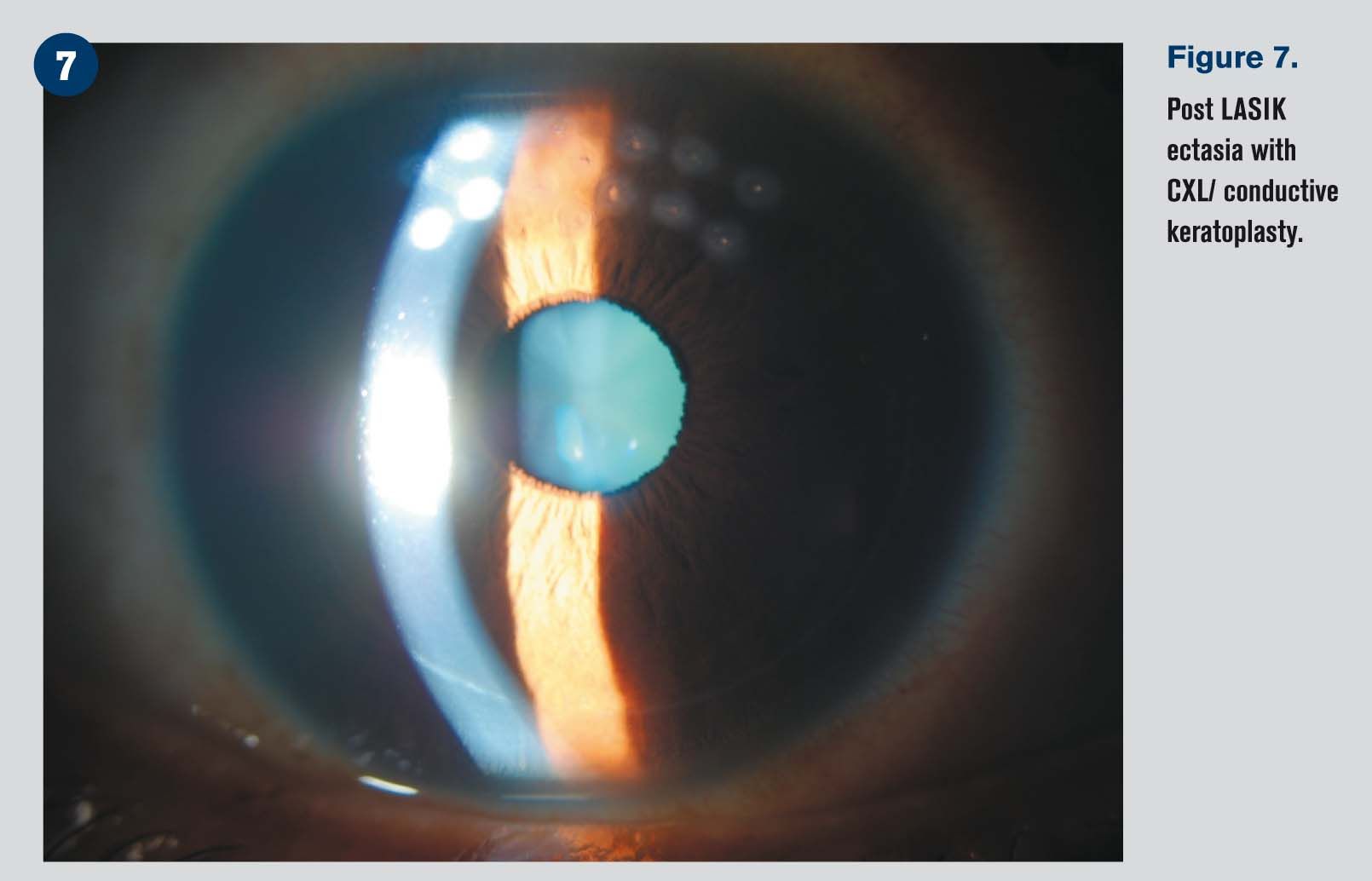

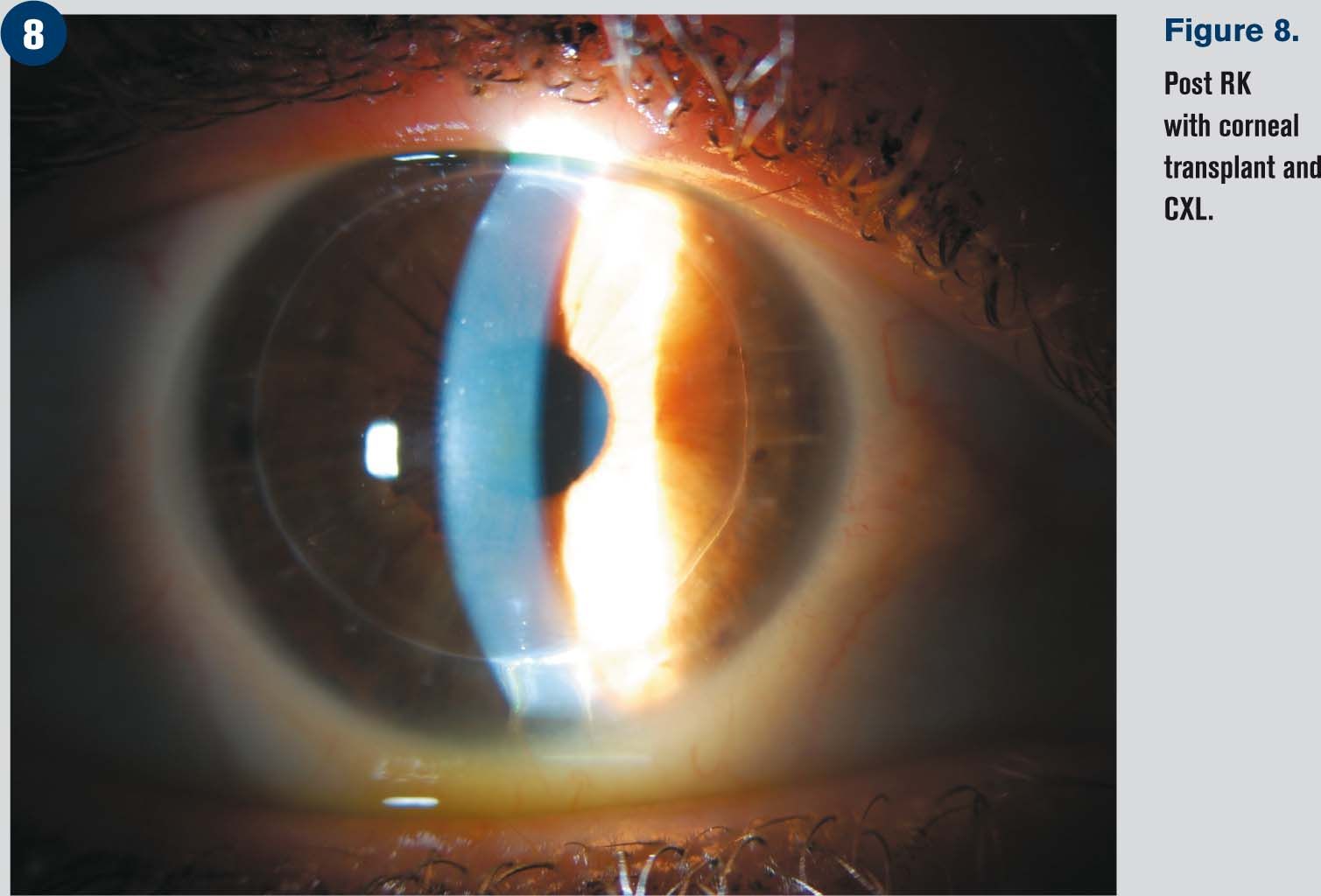

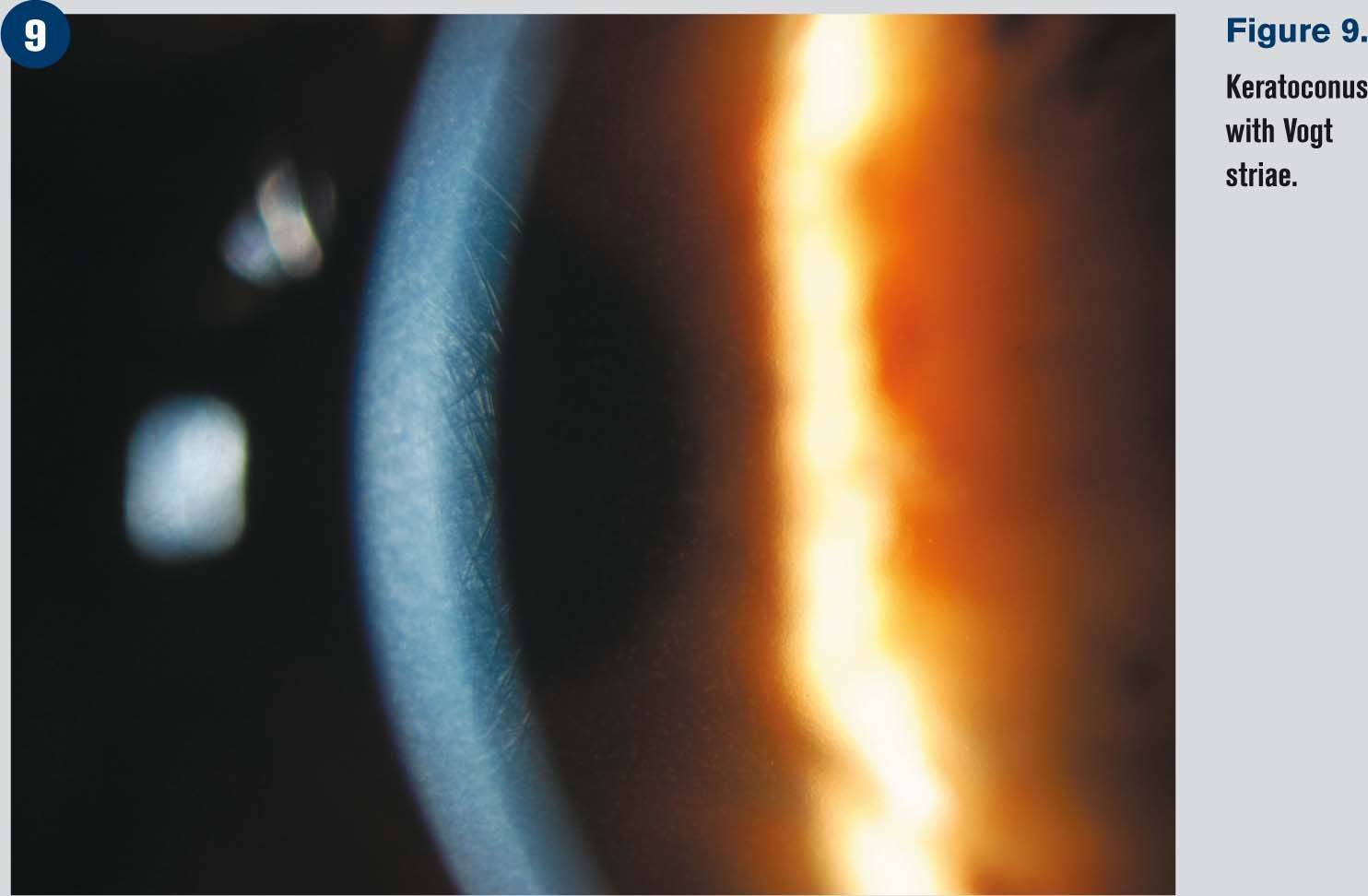

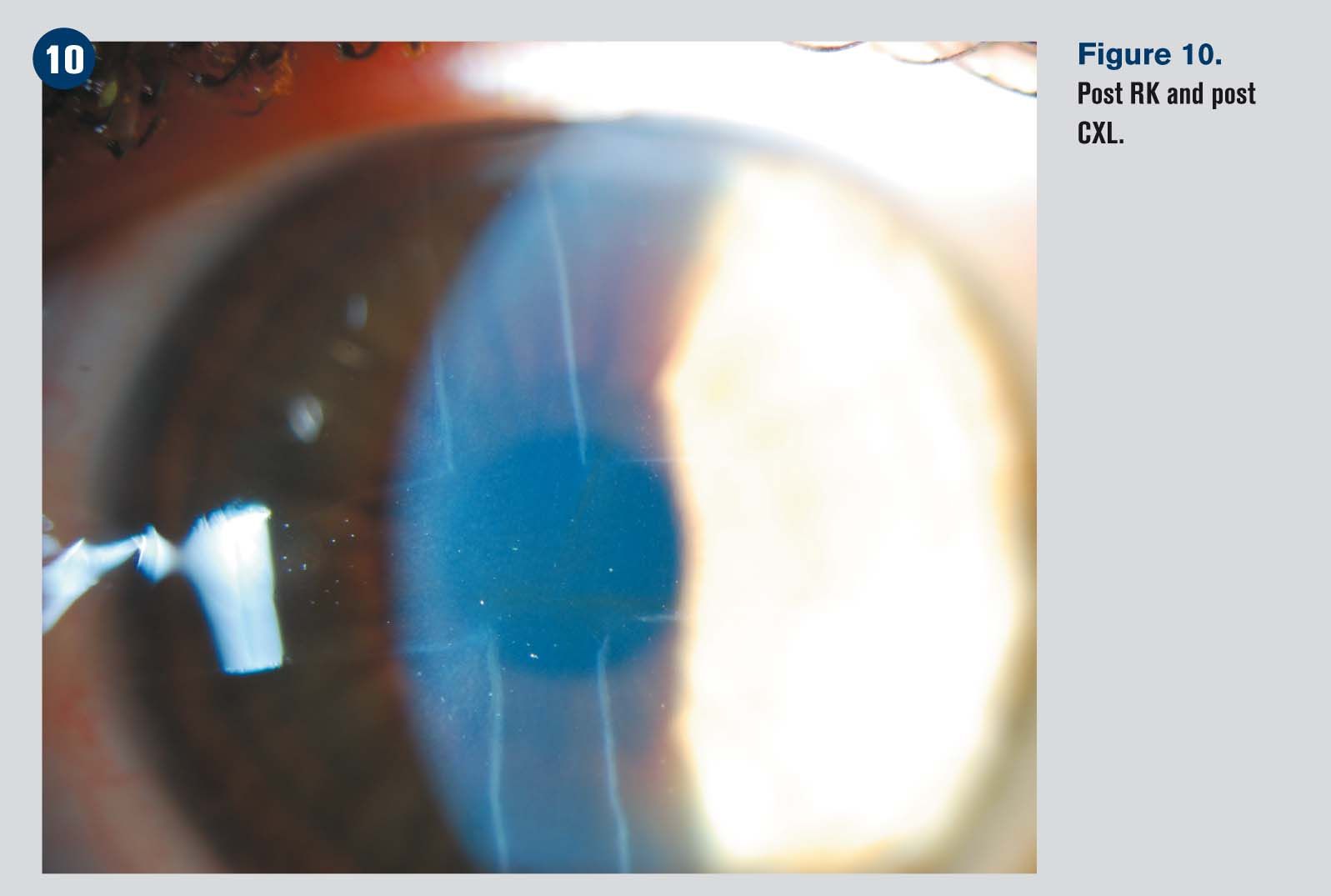

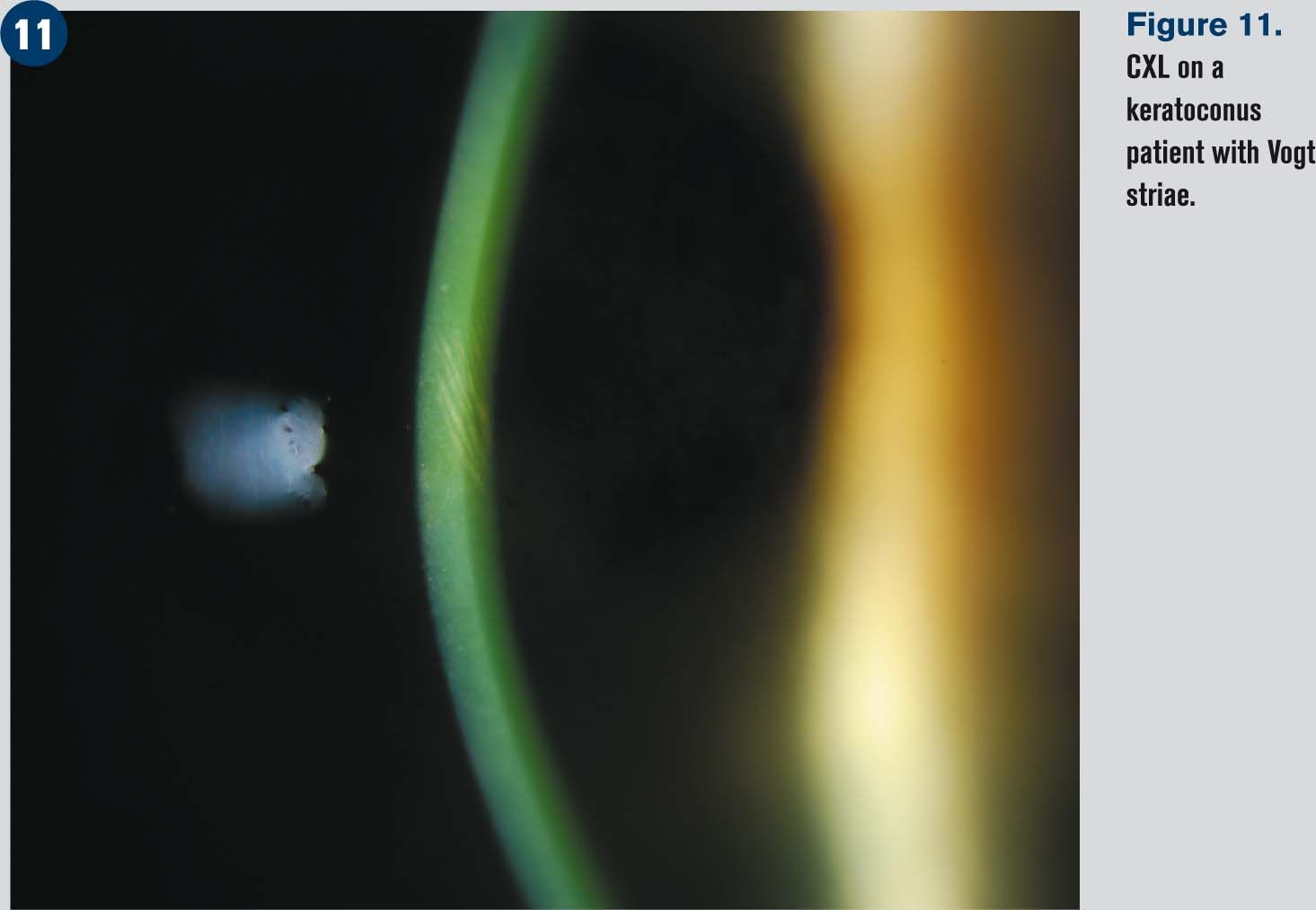



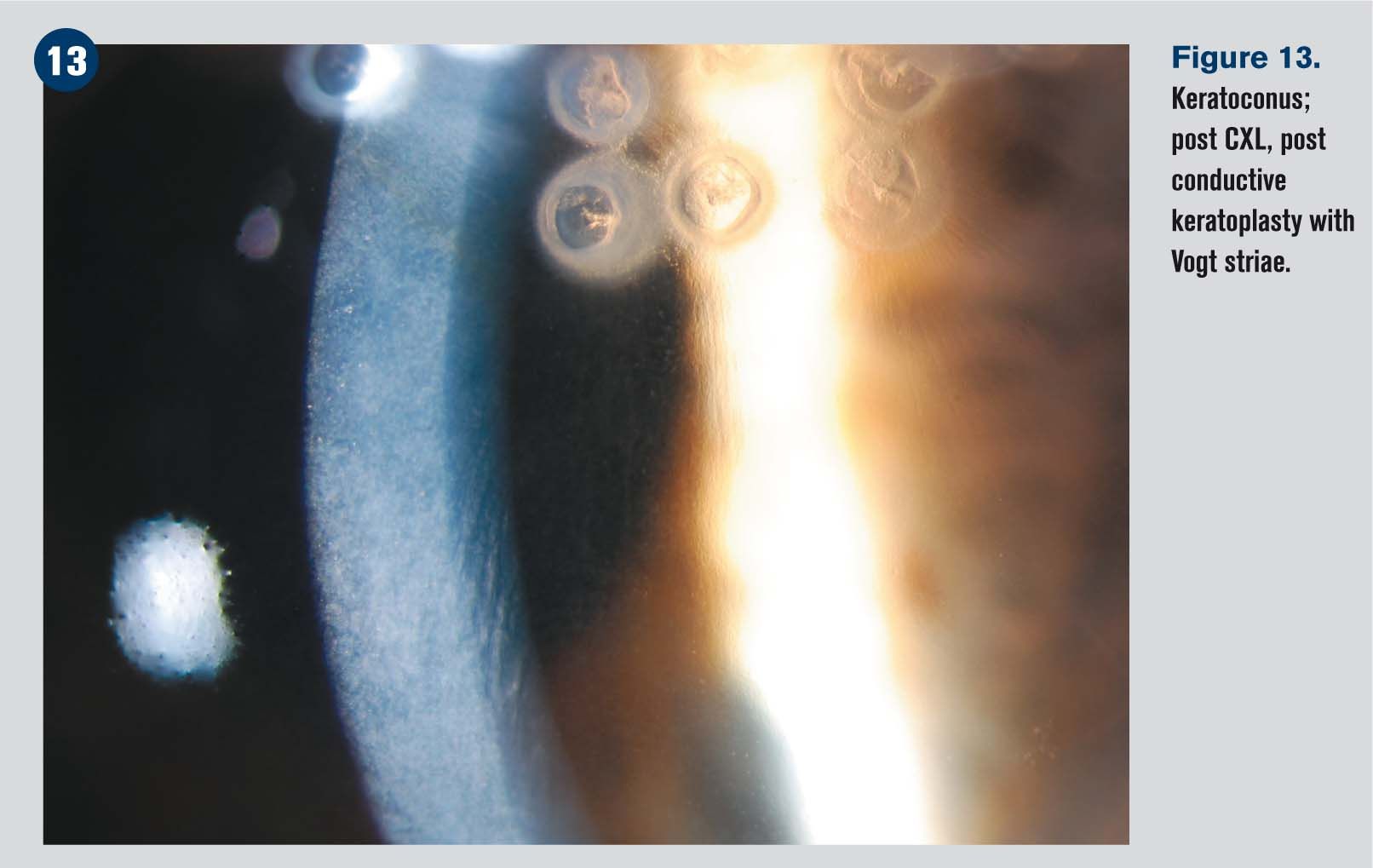

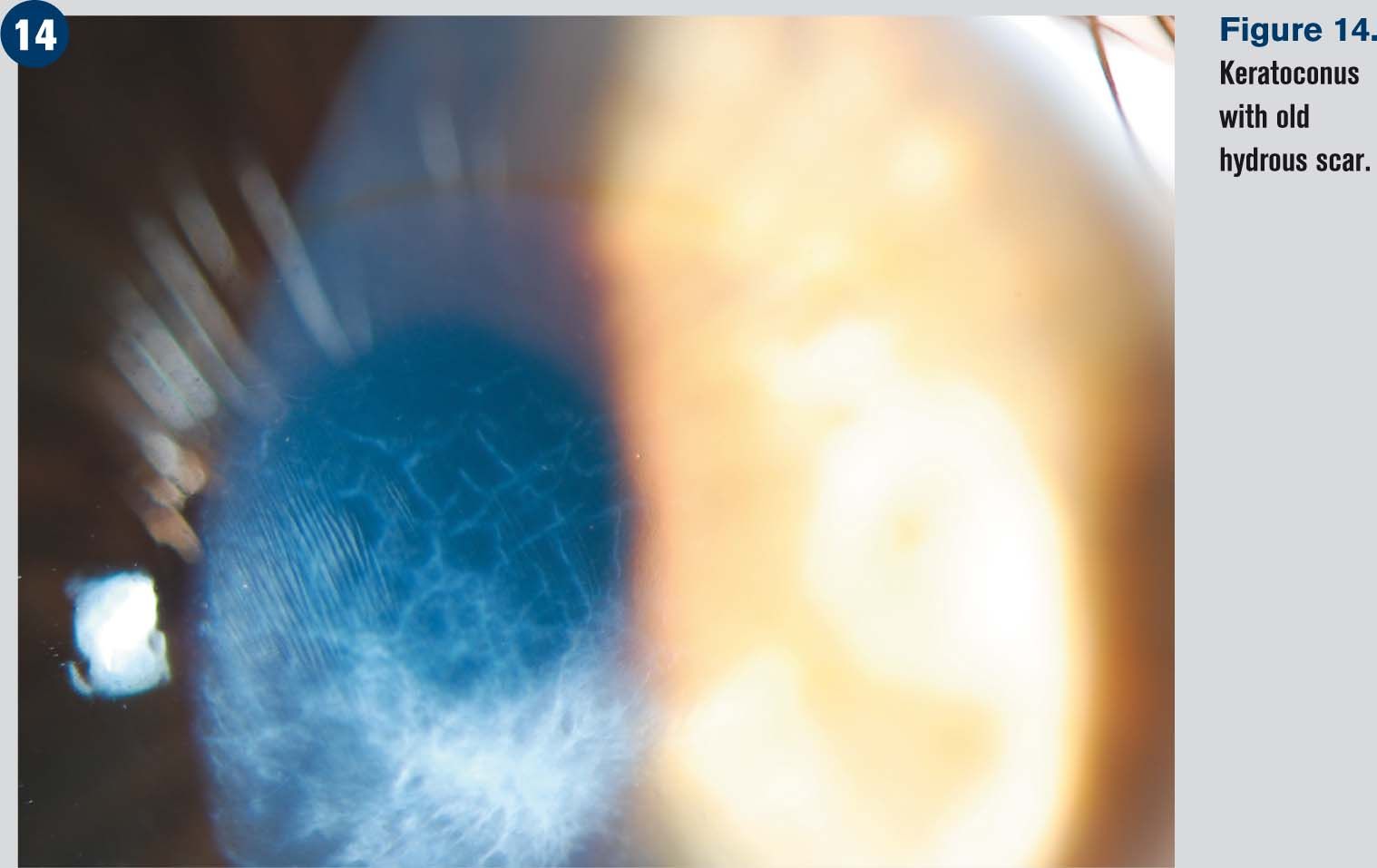
References
1. Spoerl E, Huhle M, Seiler T. Induction of cross-links in corneal tissue. Exp Eye Res. 1998 Jan;66(1):97-103.
2. Interview with Roy Rubinfeld, MD] Cataract & Refractive Surgery Today, Mar 2014:82-5. http://crstoday.com/2014/03/the-us-perspective.
3. Chunyu T, Xiujun P, Zhengjun F, Xia Z, Feihu Z. Corneal collagen cross-linking in keratoconus: a systematic review and meta-analysis. Sci Rep. 2014 Jul 10;4:5652.
4. Li J, Ji P, Lin X. Efficacy of corneal collagen cross-linking for treatment of keratoconus: a meta-analysis of randomized controlled trials. PLoS One. 2015 May 18;10(5):e0127079.
5. Gomes JA, Tan D, Rapuano CJ, Belin MW, Ambrósio R Jr, Guell JL, Malecaze F, Nishida K, Sangwan VS; Group of Panelists for the Global Delphi Panel of Keratoconus and Ectatic Diseases. Global consensus on keratoconus and ectatic diseases. Cornea. 2015 Apr;34(4):359-69.
6. Papaioannou L, Miligkos M, Papathanassiou M. Corneal Collagen Cross-Linking for Infectious Keratitis: A Systematic Review and Meta-Analysis. Cornea. 2016 Jan;35(1):62-71.
7. Kymionis GD, Kontadakis GA, Kounis GA, Portaliou DM, Karavitaki AE, Magarakis M, Yoo S, Pallikaris IG. Simultaneous topography-guided PRK followed by corneal collagen cross-linking for keratoconus. J Refract Surg. 2009 Sep;25(9):S807-11.
8. Charters, L. Study: Combined SMILE, CXL safe for keratoconus. Ophthalmology Times. 2014 15 Apr. Available at: http://ophthalmologytimes.modernmedicine.com/ophthalmologytimes/content/tags/cxl/study-combined-smile-cxl-safe-keratoconus. Accessed 4/8/16.
9. Liu XL, Li PH, Fournie P, Malecaze F. Investigation of the efficiency of intrastromal ring segments with cross-linking using different sequence and timing for keratoconus. Int J Ophthalmol. 2015 Aug 18;8(4):703-8.
10. Dalton, M. Combining CXL and CK. EyeWorld. 2014 Oct. Available at: http://www.eyeworld.org/article-combining-cxl-and-ck. Accessed 4/8/16.
11. Fadlallah A, Dirani A, El Rami H, Cherfane G, Jarade E. Safety and visual outcome of Visian toric ICL implantation after corneal collagen cross-linking in keratoconus. J Refract Surg. 2013 Feb;29(2):84-9.
Newsletter
Want more insights like this? Subscribe to Optometry Times and get clinical pearls and practice tips delivered straight to your inbox.